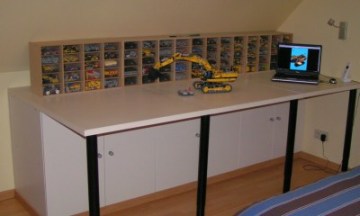
| Home | LEGO creations | ministeck mosaics | Contact |
design: January 2009
creation: December 2010 - January 2011
(Pictures of my creations can also be found in my BrickShelf folder)
Near the end of 2008 I decided I needed a better way to sort my bricks, because I still had a few ideas for larger constructions lingering in my mind. Instead of bying standard storage-containers, I thought it would be cool to create them myself. I decided to use mdf-panels, because they're easy to manipulate. My first attempt was not a big success: way too heavy, not very elegant, and a bit crooked (apparently I didn't saw the pieces under a perfect 90° angle...). Because it's so heavy and strong I now use it to sort my DIY-stuff. |
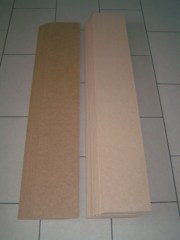 |
|
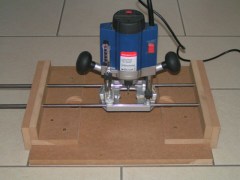 |
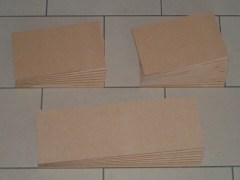 |
|
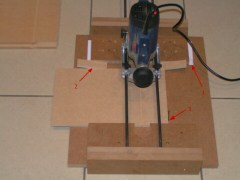 |
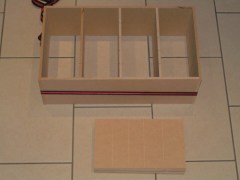 |
|
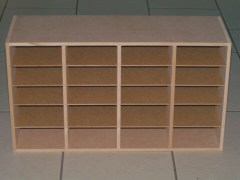 |
 |
|
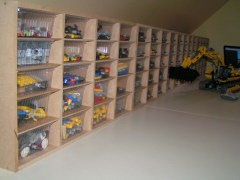 |
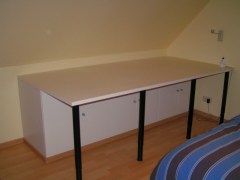 |
|
 |
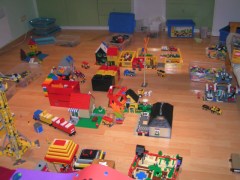 |
|
|
The storage-containers contain all my LEGO Technic sets I bought from 2004 to date: 8047 (2x), 8258, 8266 (6x), 8275 (2x), 8284 (2x), 8287, 8294 (2x), 8297, 8421, 8434, 8435, 8436, 8455 (7x) and 8466 (2x). The exhibited excavator 8043 was build with parts in my supply (with a few necessary adaptations). Tires and electric parts are stored seperately (in large ice cream boxes). Unfortunately, there is no room left for my mosaics material... | ||